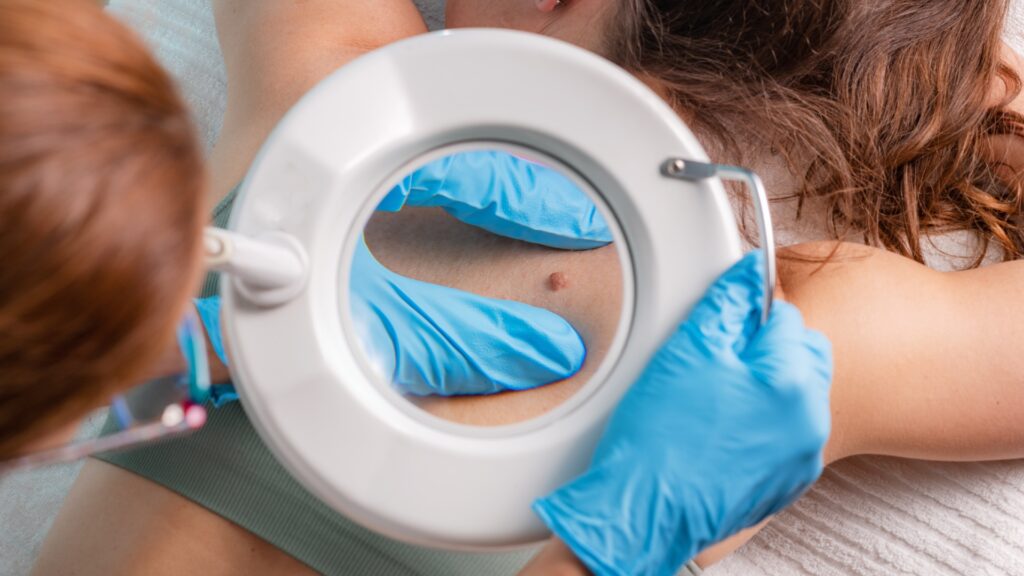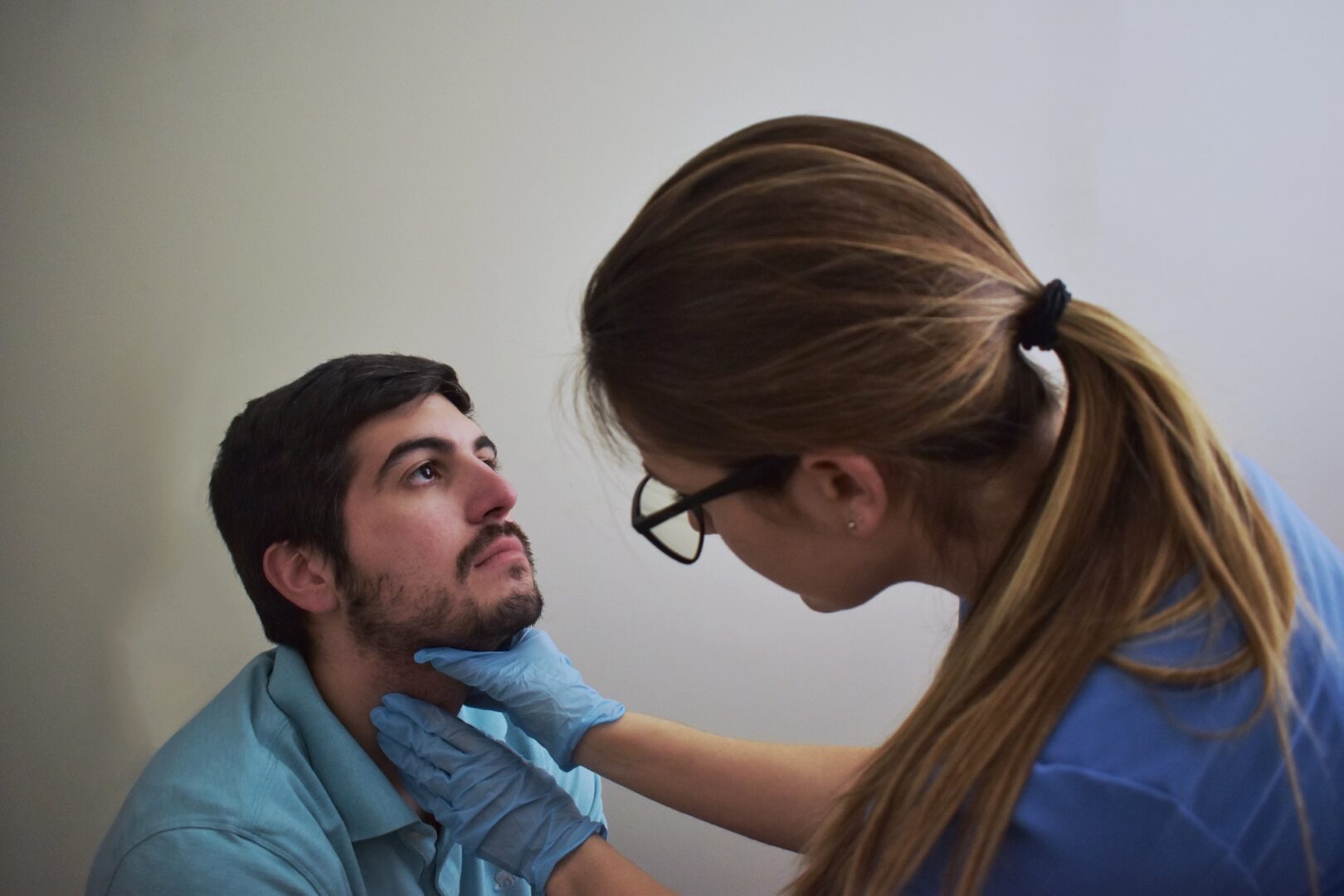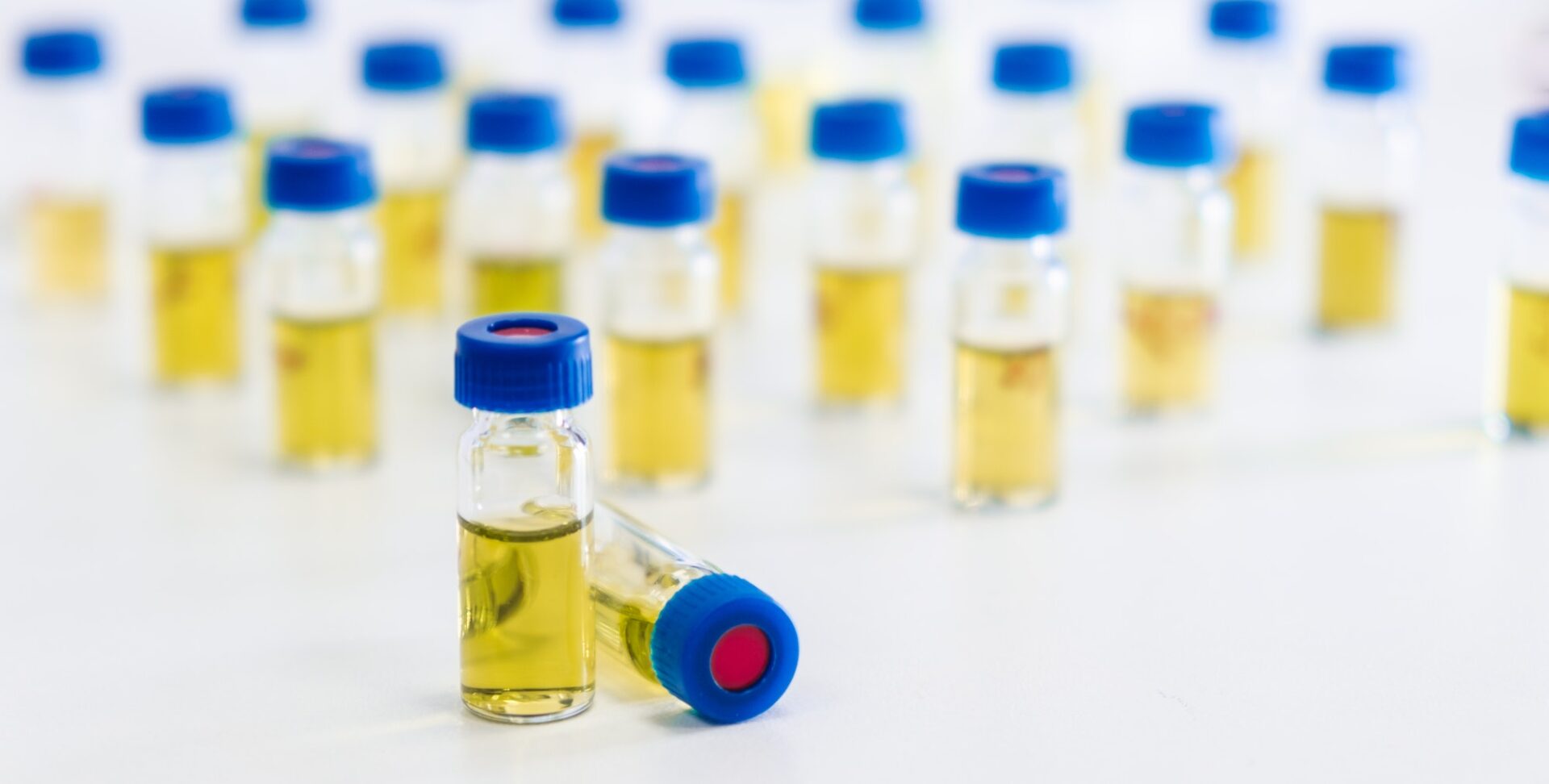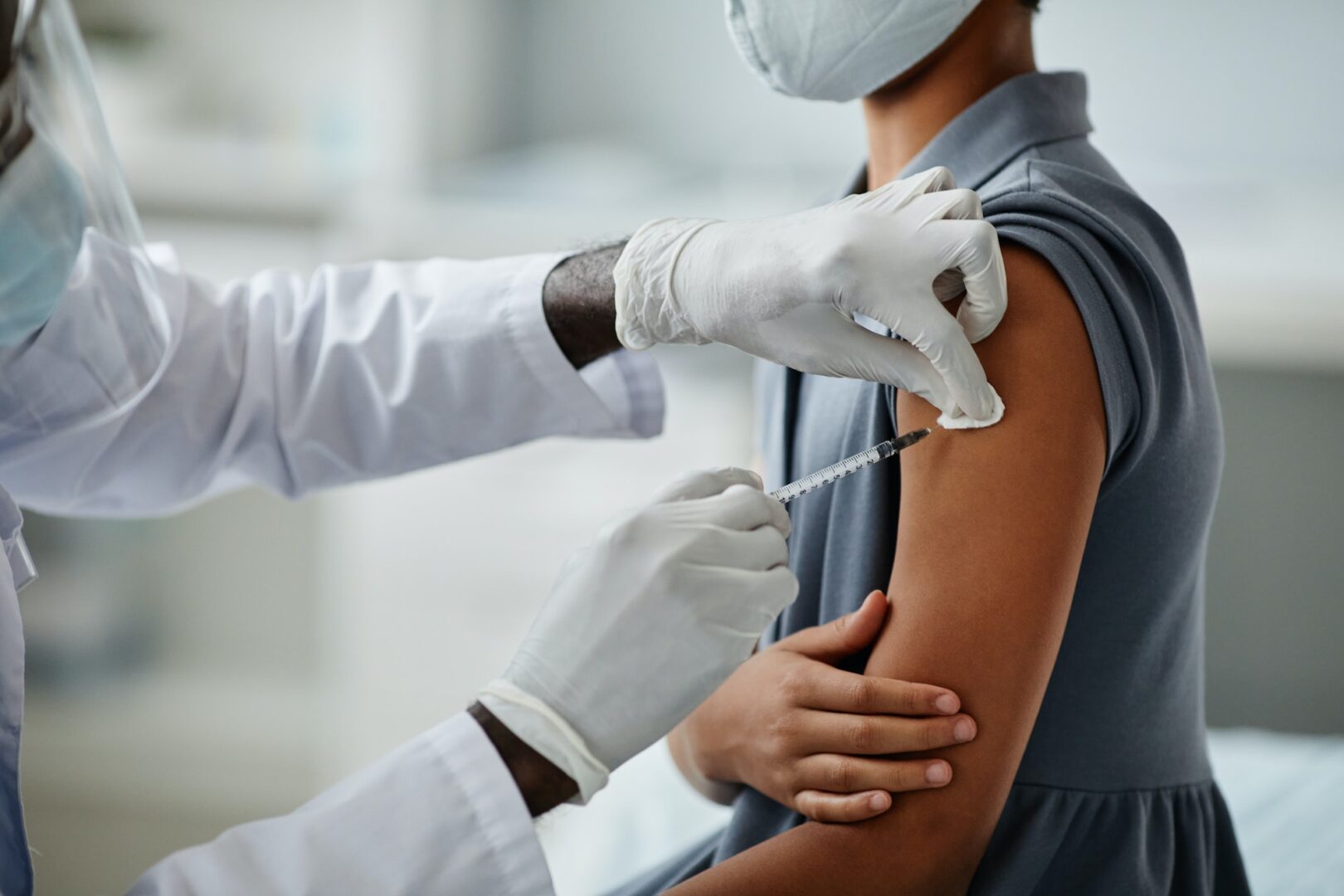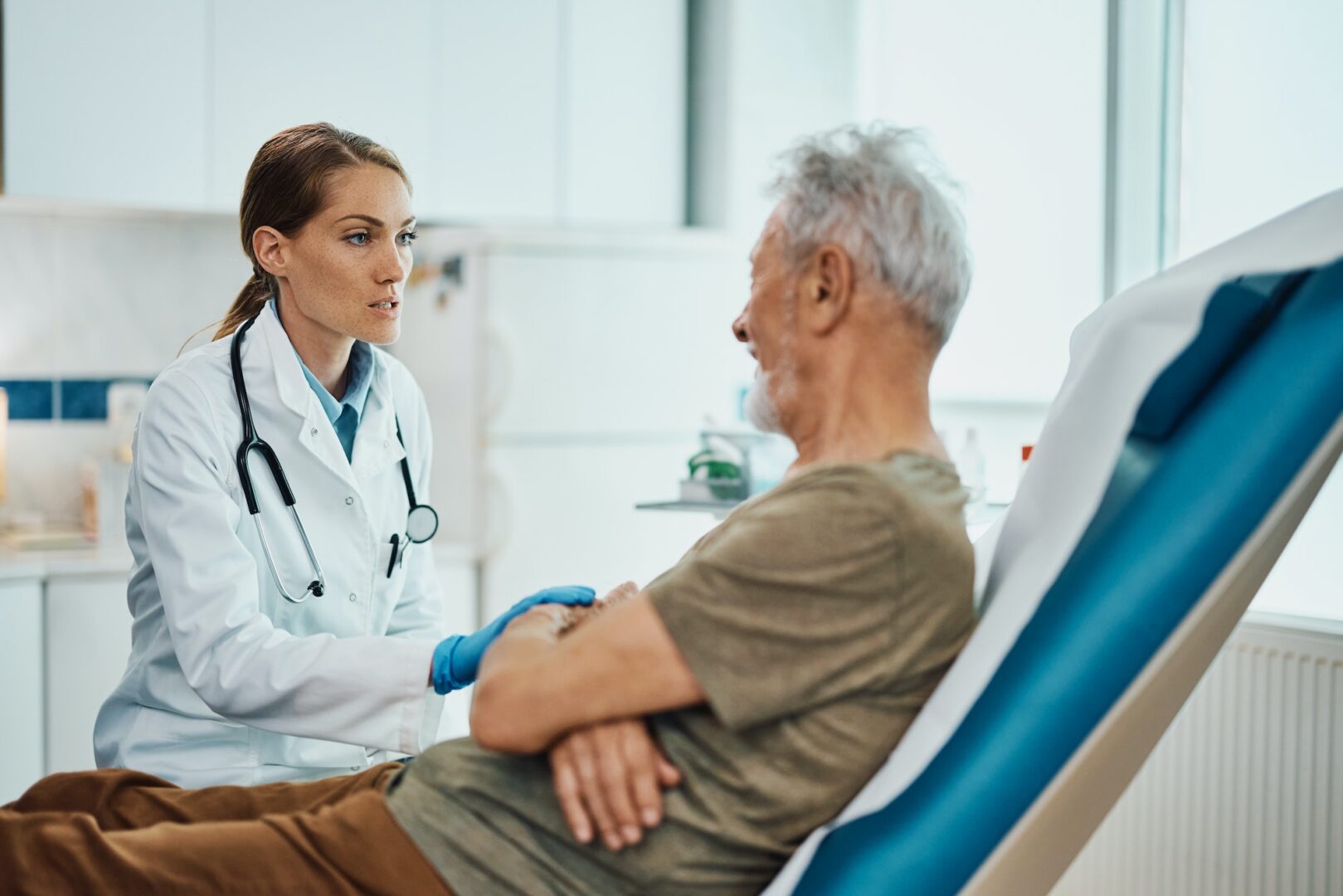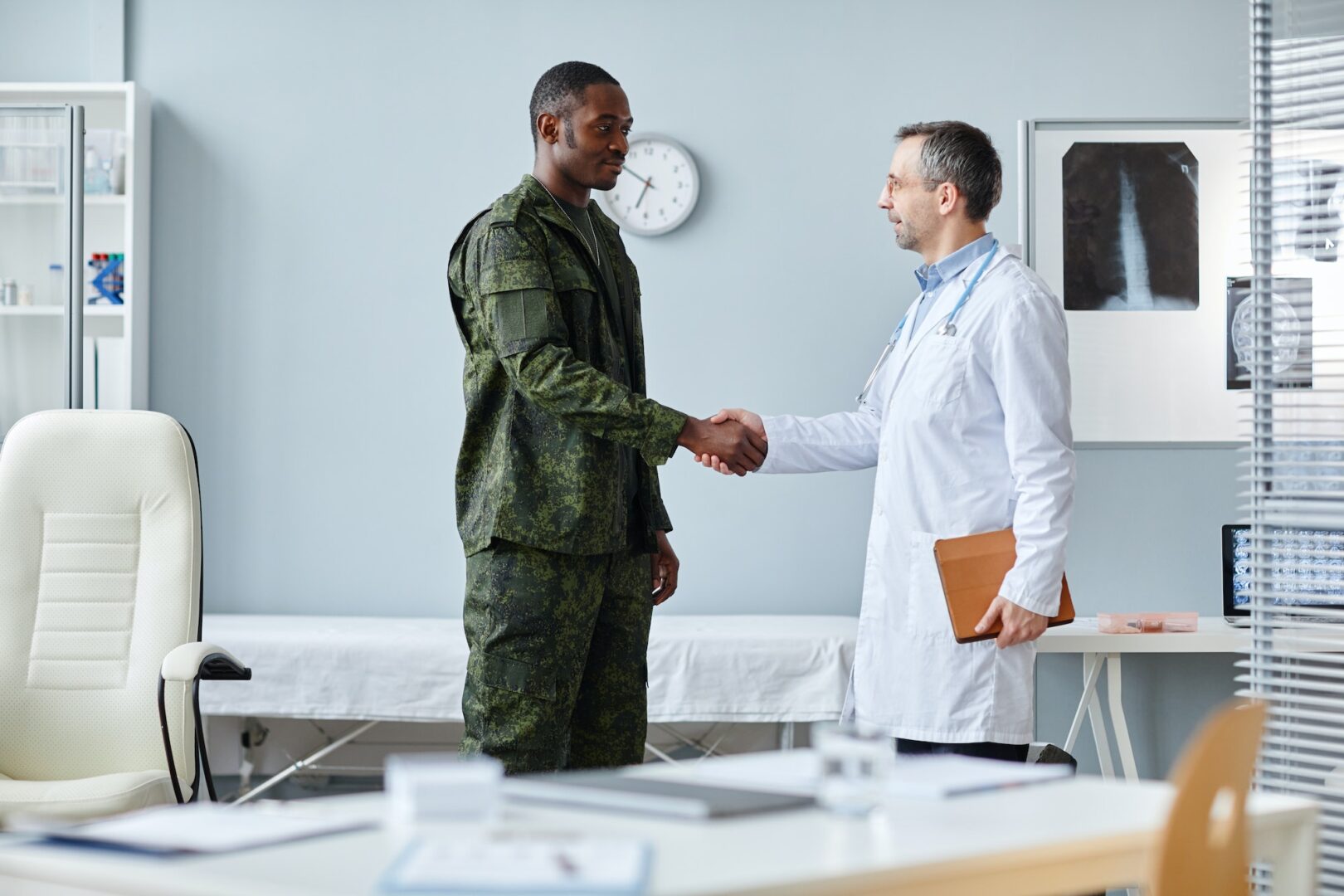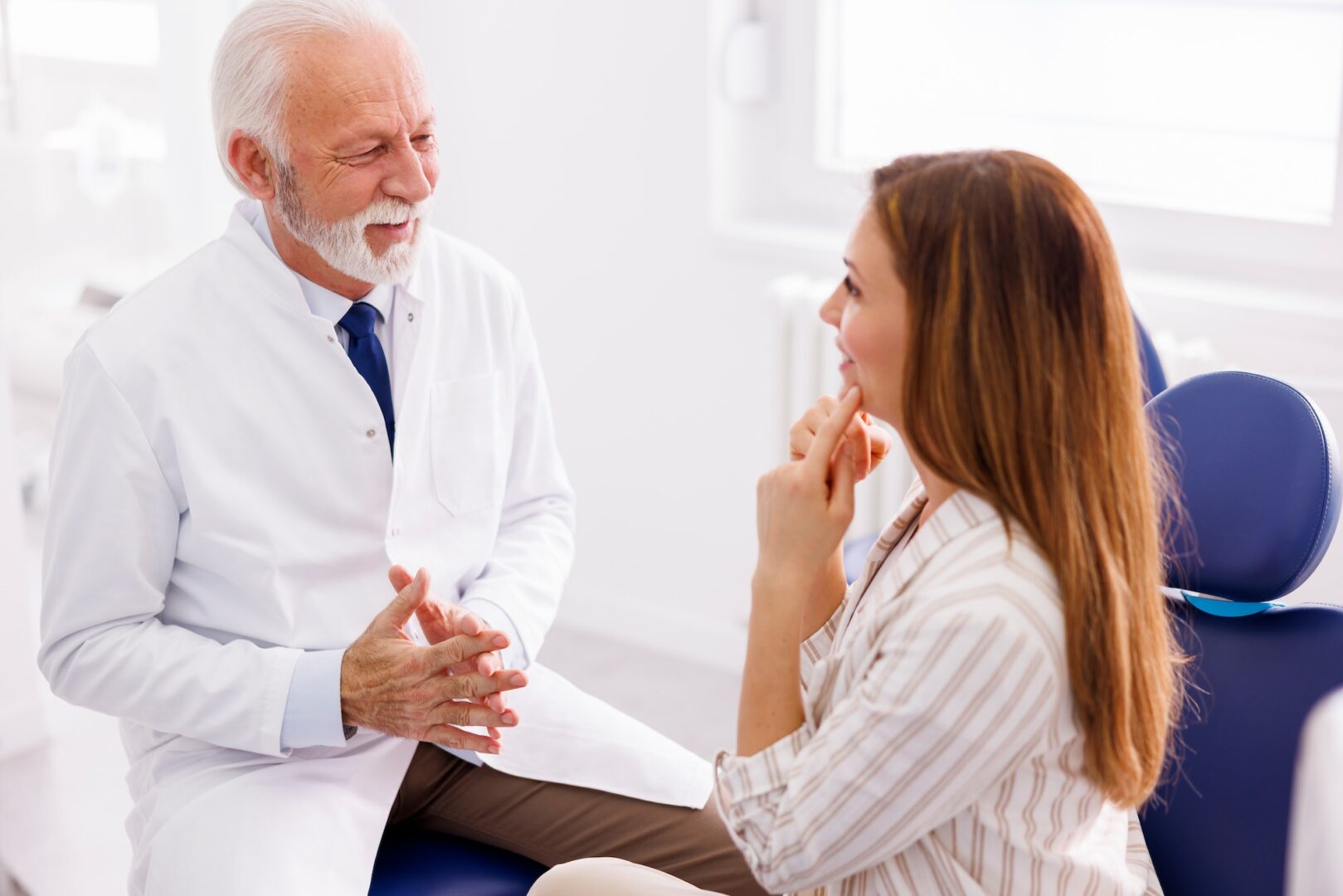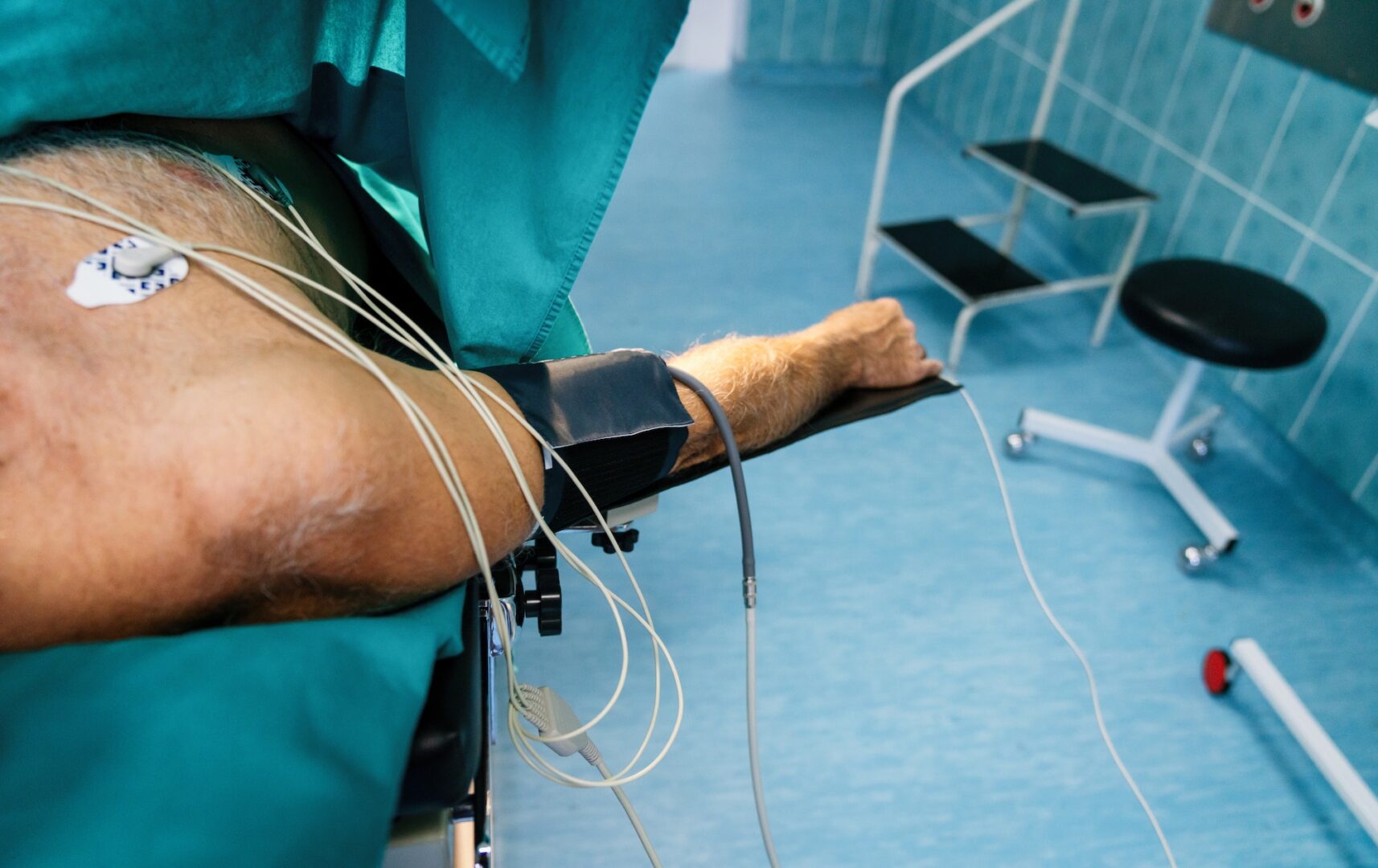The Importance of TB Skin Testing
Understanding Tuberculin Skin Testing
The Tuberculin Skin Test (TST), commonly known as the Mantoux Test, is a crucial diagnostic tool used to detect exposure to the tuberculosis (TB) bacteria. During the procedure, a small amount of testing material (tuberculin) is injected just under the skin on the lower part of the inner arm. This test is designed to elicit a skin response within three days if TB bacteria are present (Cleveland Clinic). The results are usually read between 48 and 72 hours after the injection (NCBI Bookshelf).
| Process Steps | Description |
|---|---|
| Injection | Tuberculin injection under the skin |
| Monitoring | Observe skin reaction over 2-3 days |
| Reading Results | Interpretation within 48-72 hours |
Understanding the importance of this test helps to underscore its role in preventive health services, offering peace of mind for those in need of occupational health and travel medicine services.
Benefits of TB Skin Testing
TB skin testing offers several significant advantages for both individuals and the community. First and foremost, early detection of TB infection enables timely intervention and treatment, reducing the risk of complications and the spread of TB bacteria.
The benefits of TB skin testing extend beyond individual health. It plays a vital role in public health by aiding in the identification of TB carriers, promoting overall community health safety. This is particularly relevant in occupational health, where preventing the spread of TB in workplaces is crucial (CDC – Testing for Tuberculosis).
By choosing Advanced OccMed for TB skin testing, individuals can access comprehensive health services, including blood and urine testing, DOT physicals, and travel vaccinations. Our expert staff and state-of-the-art facilities ensure that every test is done accurately, providing the highest standard of care for our clients.
For more detailed information about various occupational health exams like the pre-employment health exams and return to work exams, visit our internal links. The convenience of combining TB skin testing with other essential tests makes it a practical and comprehensive approach to maintaining optimal health.
By understanding the process and benefits of TB skin testing, individuals can take proactive steps towards safeguarding their health and contributing to the well-being of their communities.
Types of TB Skin Tests
At Advanced OccMed, we offer comprehensive TB skin testing services to ensure your health and safety. Understanding the different types of TB tests available can help you make informed decisions. Here we explain the TB blood test and the TB skin test process.
TB Blood Test
The TB blood test, also known as an interferon-gamma release assay (IGRA), uses a blood sample to detect TB germs. This test is becoming more common, particularly for healthcare workers and individuals with weakened immune systems. One of the advantages of the TB blood test is its quick turnaround time, with results typically available within one to two days (Cleveland Clinic).
Benefits of TB Blood Test
- Suitable for individuals who have received the BCG vaccine (CDC)
- Recommended for those who have had severe allergic reactions in the past (CDC)
- Provides results quickly, often within 24 to 48 hours
For a deeper dive into our TB blood testing services and to schedule an appointment, visit our section on blood and urine testing.
TB Skin Test Process
The TB skin test, also known as the Mantoux tuberculin skin test, is another widely used method to detect tuberculosis infection. This test involves injecting a small amount of tuberculin purified protein derivative (PPD) under the skin of the forearm, then observing the reaction after 48 to 72 hours. Let’s break down the TB skin test process in more detail:
Preparation
Before administering the test, our healthcare provider will conduct a brief medical history review to ensure the individual’s suitability for the skin test.
Administration
The healthcare provider injects a small amount of tuberculin PPD just beneath the surface of the skin on the forearm.
Observation
After 48 to 72 hours, the individual returns to the clinic for the test reading. The healthcare provider measures any induration (raised, hardened area) at the injection site.
The following table helps illustrate the interpretation of the TB skin test reactions:
| Size of Induration | Interpretation |
|---|---|
| 0-4 mm | Negative (in most cases) |
| 5-9 mm | Positive in specific conditions (e.g., immunocompromised individuals) |
| 10-14 mm | Positive in individuals at moderate risk (e.g., recent immigrants) |
| >15 mm | Positive for all individuals |
A positive result indicates TB exposure and requires further tests, such as a chest X-ray or a blood test, to confirm active tuberculosis.
For more information on TB testing and occupational health services, explore our pages on dot physicals, ekg testing, and pre-employment health exams.
Choosing the right type of TB test can be crucial for accurate diagnosis and appropriate follow-up. Contact us to discuss your options and schedule your TB skin test with our skilled professionals.
Considerations for TB Skin Testing
When it comes to TB skin testing, there are several factors to keep in mind to ensure accurate results and minimize adverse reactions. In this section, we will discuss possible side effects and reactions, as well as the reading and interpreting of results.
Side Effects and Reactions
Tuberculin skin testing generally involves injecting a small amount of tuberculin under the skin, which carries some side effects. Most side effects are mild and may not require medical attention. However, it’s important to be aware of potential reactions:
- Redness or swelling at the injection site
- Mild itching or discomfort
- Formation of a small bump at the injection site
| Side Effect | Frequency | Medical Attention Needed |
|---|---|---|
| Redness/Swelling | Common | No |
| Itching/Discomfort | Common | No |
| Small Bump | Common | No |
| Severe Allergic Reaction | Rare | Yes |
Individuals who have had severe allergic reactions in the past should avoid the TB skin test and consider discussing alternative options such as the TB blood test with their healthcare provider (CDC).
Reading and Interpreting Results
Interpreting the results of a TB skin test involves measuring the diameter of the induration (raised, hardened area) at the injection site. Typically, this is done 48 to 72 hours after the test is administered.
Interpretation Based on Induration Size
| Induration Size | Result | Implications |
|---|---|---|
| 0-4 mm | Negative | Generally indicates no TB infection |
| 5-9 mm | Positive in certain conditions (e.g., HIV infection) | Suggests TB exposure |
| 10-14 mm | Positive for most individuals at higher risk | Indicates TB infection is probable |
| 15+ mm | Positive for all individuals | Strong indication of TB infection |
Certain factors such as BCG vaccination could lead to false positives. It’s crucial to inform the healthcare provider if the individual has received the BCG vaccine.
For individuals who require periodic TB screening, such as healthcare workers, a two-step TB skin test may be performed. The initial test serves as a baseline, and a second test administered one to three weeks later helps to distinguish between boosted reactions due to old infections and new ones (CDC). This approach can be particularly useful for those in the healthcare field, ensuring clarity in their TB screening routines.
In our pursuit of excellence at Advanced OccMed, we stress the importance of understanding and interpreting TB skin test results accurately. Whether you need pre-employment health exams, a return to work exam, or travel vaccinations, our comprehensive services are designed to meet your occupational health and travel medicine needs.
Factors Affecting TB Skin Test Results
BCG Vaccination and False Positives
The Bacille Calmette-Guérin (BCG) vaccine is not commonly used in the United States but is administered to infants and young children in countries where TB is prevalent to prevent severe forms of the disease. Individuals who have received the BCG vaccine should inform their healthcare provider before being tested for TB as it can cause a false positive TB skin test result.
| Factor | Impact on TB Skin Test Result |
|---|---|
| BCG Vaccination | Can cause false positive |
| Recent TB Exposure | Potential positive result |
| Previous TB Infection | Possible positive result |
According to the NCBI Bookshelf, the BCG vaccine can interfere with the interpretation of TB skin test results. However, it is essential to note that individuals vaccinated with BCG should not be exempted from the TB skin test unless they have a documented positive result from a prior test.
Two-Step TB Skin Testing
A two-step TB skin test may be performed for individuals who require periodic TB screening, such as healthcare workers. This approach helps to distinguish between boosted reactions from old TB infections and recent infections.
| Test Step | Description |
|---|---|
| Step 1 | Initial TB skin test is administered. |
| Step 2 (1-3 weeks) | If the first test is negative, a second test is done. |
The two-step method ensures that any initial negative result is accurate and helps to identify any latent TB infections that might have been missed during the first test. This is particularly crucial for those in occupations with a higher risk of TB exposure.
At Advanced OccMed, we offer comprehensive TB skin testing services, including the option for two-step testing. This ensures that our clients receive accurate, reliable results. For more information on our occupational health services, explore our options like dot physicals, pre-employment health exams, and return to work exam.
For additional details on related testing services, visit our sections on blood and urine testing, ekg testing, and uscis exam. If you are considering travel-related healthcare, don’t miss our travel vaccinations page.
TB Skin Testing Procedures
Delivering meticulous TB skin testing services is our commitment at Advanced OccMed. Below are the detailed steps involved in administering the TB skin test and the necessary follow-up and further testing procedures.
Administering the Skin Test
The TB skin test, also known as the tuberculin skin test, is administered with precision to ensure accurate results. Here’s how the process works:
- Preparation: We ensure the patient’s lower arm is clean and free from any skin conditions that could affect the test.
- Injection: A small amount of tuberculin, the testing material, is injected just under the skin on the lower part of the arm.
- Raised Area: The injection will create a small, raised bump or welt where the tuberculin was injected.
TB Skin Test Process
| Step | Description |
|---|---|
| Preparation | Cleaning and marking the injection site. |
| Injection | Administering tuberculin under the skin. |
| Raised Area | Small bump appears as a result of the injection. |
The test reaction is read after two to three days by a healthcare professional. The size of the bump or reaction at the site helps determine if the result is positive or negative (CDC).
Follow-Up and Further Testing
After administering the TB skin test, the appropriate follow-up is crucial to interpret the results accurately and decide on any further steps.
- Reading the Results: We schedule a visit within 48-72 hours to read the test’s reaction. The bump’s size is measured and recorded.
- Interpreting the Reaction: Based on the size and impact of the bump, the result is determined as negative or positive. For a detailed understanding of how results are interpreted, you can refer to our section on reading and interpreting results.
Key Interpretations
| Reaction Size | Interpretation |
|---|---|
| 0-4 mm | Negative (unless risk factors are present) |
| 5+ mm | Positive for high-risk populations |
| 10+ mm | Positive for medium-risk populations |
| 15+ mm | Positive for low-risk populations |
- Next Steps: For positive results, we may recommend further testing, such as the TB blood test, to confirm the presence of TB germs. This test involves drawing a blood sample and analyzing it for TB bacteria (CDC).
Safety remains a priority. We advise patients to monitor for any side effects post-injection and consult with our healthcare team if needed.
For comprehensive occupational health needs, including pre-employment health exams, and travel vaccinations, Advanced OccMed provides expert services to keep you healthy and prepared.
Advanced OccMed for Occupational Health
At Advanced OccMed, we offer top-tier occupational health services tailored to meet the specific needs of individuals and organizations. Our expertise spans a wide range of health services, ensuring the safety and well-being of our clients.
Expert Occupational Health Services
Our occupational health services are designed to offer comprehensive care and support for various employment-related health needs. We provide a variety of essential services:
- DOT Physicals: Ensuring that commercial drivers meet all necessary health and safety regulations.
- Respirator Clearance/Fitting Exam: Ensuring that employees are properly fitted and cleared to use respiratory protective equipment.
- Pre-Employment Health Exams: Assessing potential employees to ensure they are fit for specific job roles.
- Return to Work Exam: Evaluating employees who are returning to work after an illness or injury to ensure they are capable of performing their duties safely.
- FAA Medical Exam: Providing comprehensive medical examinations for aviation personnel.
- Blood and Urine Testing: Routine testing for a variety of health indicators to ensure overall wellness.
| Service | Purpose |
|---|---|
| DOT Physicals | Regulatory compliance for commercial drivers |
| Respirator Clearance/Fitting | Ensure safe use of respiratory equipment |
| Pre-Employment Health Exams | Assess fitness for duty |
| Return to Work Exams | Safe return after illness/injury |
| FAA Medical Exam | Medical clearance for aviation personnel |
| Blood and Urine Testing | General health assessment |
Our team of experienced medical professionals is dedicated to delivering prompt, accurate, and reliable services. By choosing Advanced OccMed, you’re ensuring that you receive the best care possible in occupational health.
Comprehensive Travel Medicine Options
Traveling abroad can expose you to various health risks, making it crucial to be well-prepared. Our comprehensive travel medicine services are designed to keep you healthy no matter where your journey takes you. We offer:
- Travel Vaccinations: Protecting you against endemic diseases and ensuring you meet the health entry requirements of your destination country.
- USCIS Exam: Conducting medical exams required for immigration and naturalization processes.
- EKG Testing: Monitoring your heart’s health to ensure you are fit to travel.
It’s essential to schedule a travel medicine consultation well in advance of your trip. We will review your travel itinerary, assess your health needs, and provide tailored recommendations, including vaccinations and preventive measures.
Our goal is to provide you with the necessary information and medical support to minimize health risks during your travels. Whether you’re traveling for business or leisure, our team at Advanced OccMed is here to help you stay healthy and safe.
Choose Advanced OccMed for all your occupational health and travel medicine needs and experience the highest standard of healthcare services.


